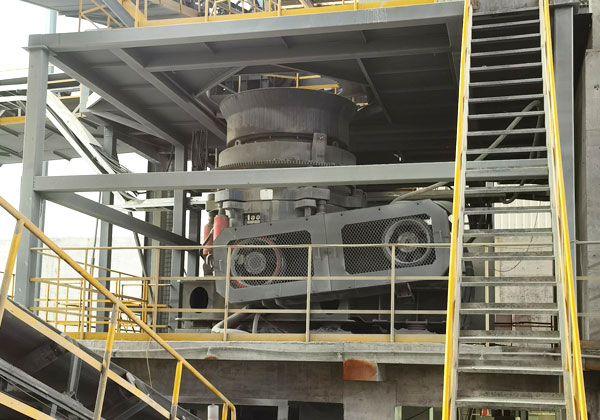When selecting a cone crusher, understanding its technical specifications is crucial to ensure that it meets your production needs and operational efficiency. Cone crushers are widely used in mining, aggregate, and construction industries to crush hard and abrasive materials. Their performance largely depends on several key specifications, including crushing capacity, feed size, crushing chamber design, and power requirements. Being familiar with these parameters helps buyers choose the right equipment tailored to their specific application.
The crushing capacity is one of the most important specifications to consider. It defines the maximum amount of material the crusher can process per hour, typically measured in tons per hour (TPH). This capacity must align with the production goals of the project. For instance, a small-scale quarry may require a crusher with a capacity of 50-100 TPH, while large mining operations might need crushers capable of processing several hundred tons per hour. Choosing a crusher with too low a capacity can bottleneck production, whereas an oversized unit can waste energy and capital.

Another key specification is the feed size, which refers to the maximum size of the input material the crusher can accept. Cone crushers have a defined feed opening, and feeding oversized rocks can damage the crusher or reduce its efficiency. Buyers must ensure that the crusher’s feed size specification matches the size of the raw materials expected at the site. Additionally, the size of the output product depends on the crusher’s setting, allowing operators to adjust the crushed material to meet different grading requirements.
The crushing chamber design and the crusher’s eccentric throw play vital roles in the crushing process. Different chamber designs cater to various types of crushing, from coarse to fine crushing. The eccentric throw, which is the amplitude of the cone’s gyration, affects the crusher’s capacity and product shape. Larger throws generally produce more product with a coarser size, while smaller throws produce finer material. Selecting the right chamber design and throw ensures optimal performance and longevity of the crusher.
Lastly, buying the right cone crusher requires a thorough understanding of technical specifications such as capacity, feed size, crushing force, and design features. Evaluating these factors ensures you select a machine that meets your production demands, operates efficiently, and minimizes maintenance costs. Consulting with equipment suppliers and considering long-term maintenance and spare parts availability are also critical steps to ensure a cost-effective and productive investment.
